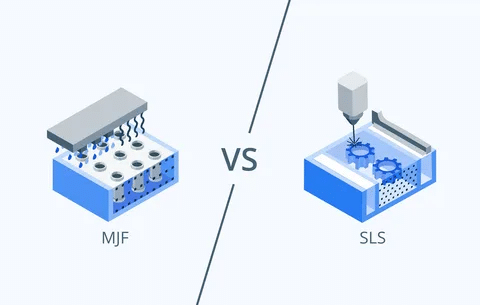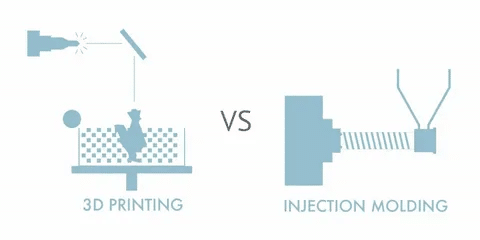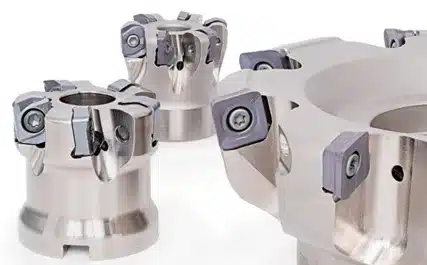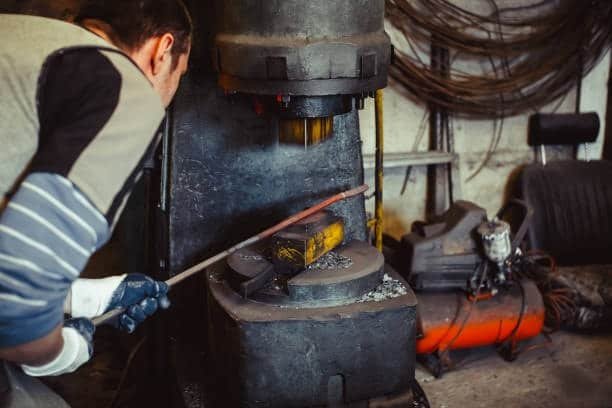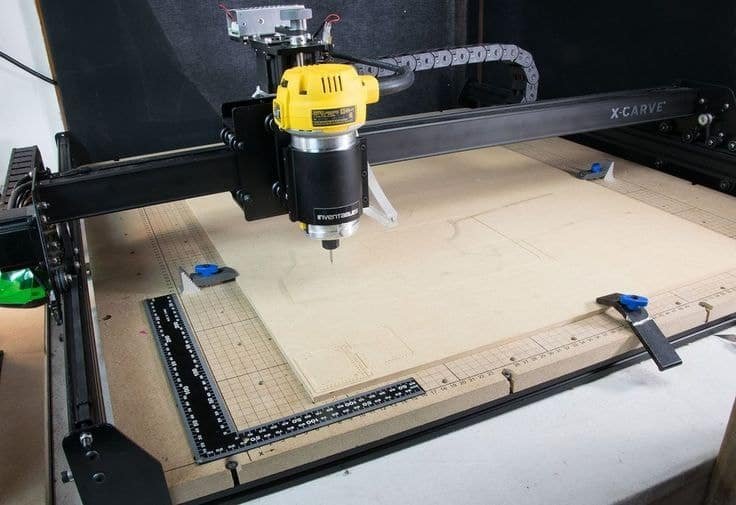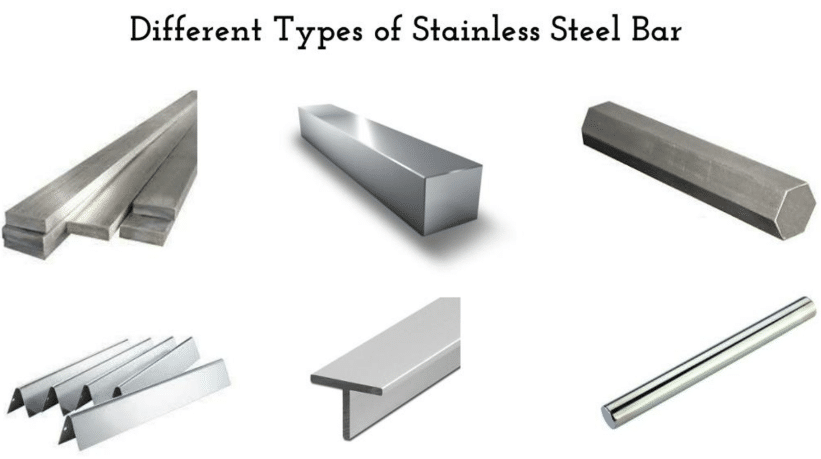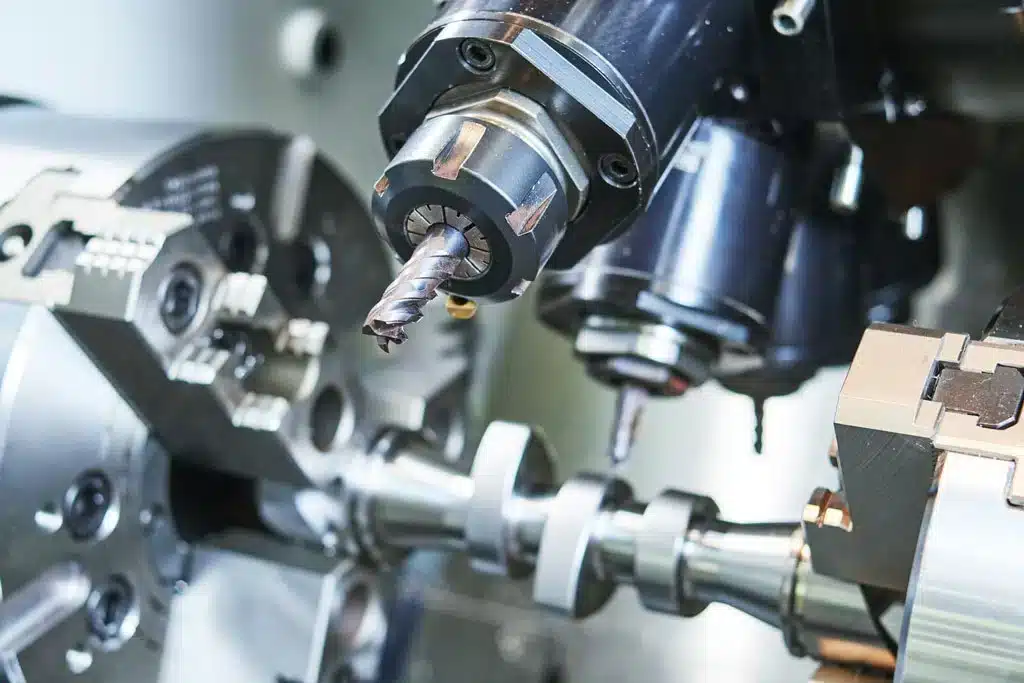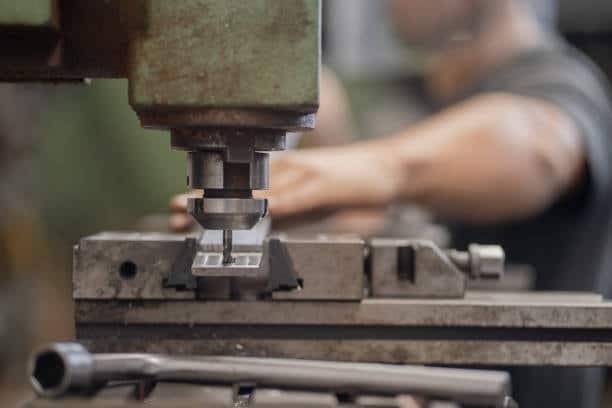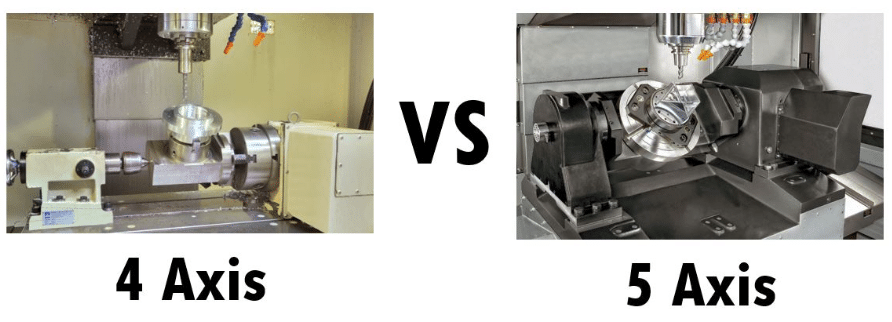MJF vs SLS: Which 3D Printing Technology is Right for Your Manufacturing Needs?
MJF (Multi Jet Fusion) and SLS (Selective Laser Sintering) are two 3D printing processes that are typically used for creating durable, functional parts, but they vary in speed, detail, and finish. MJF has higher speed and resolution with better surface finishes and is best for creating high-quality, end-use parts in bigger quantities. SLS is more generic with a greater variety of materials and better suited to complex geometries and smaller production runs. The selection between MJF and SLS boils down to your manufacturing needs—whether it’s surface quality and speed with MJF, or complex capability and material flexibility with SLS.

